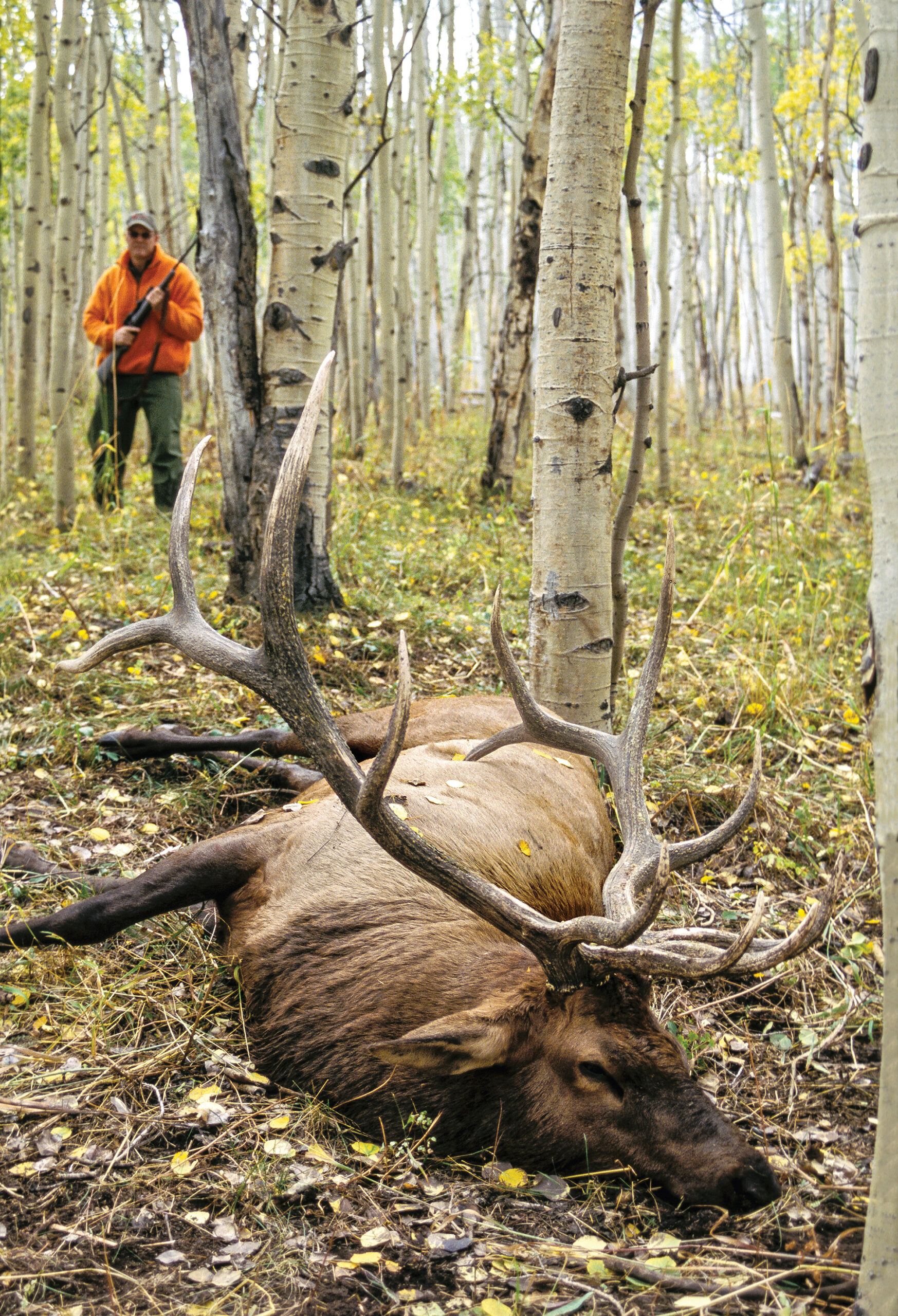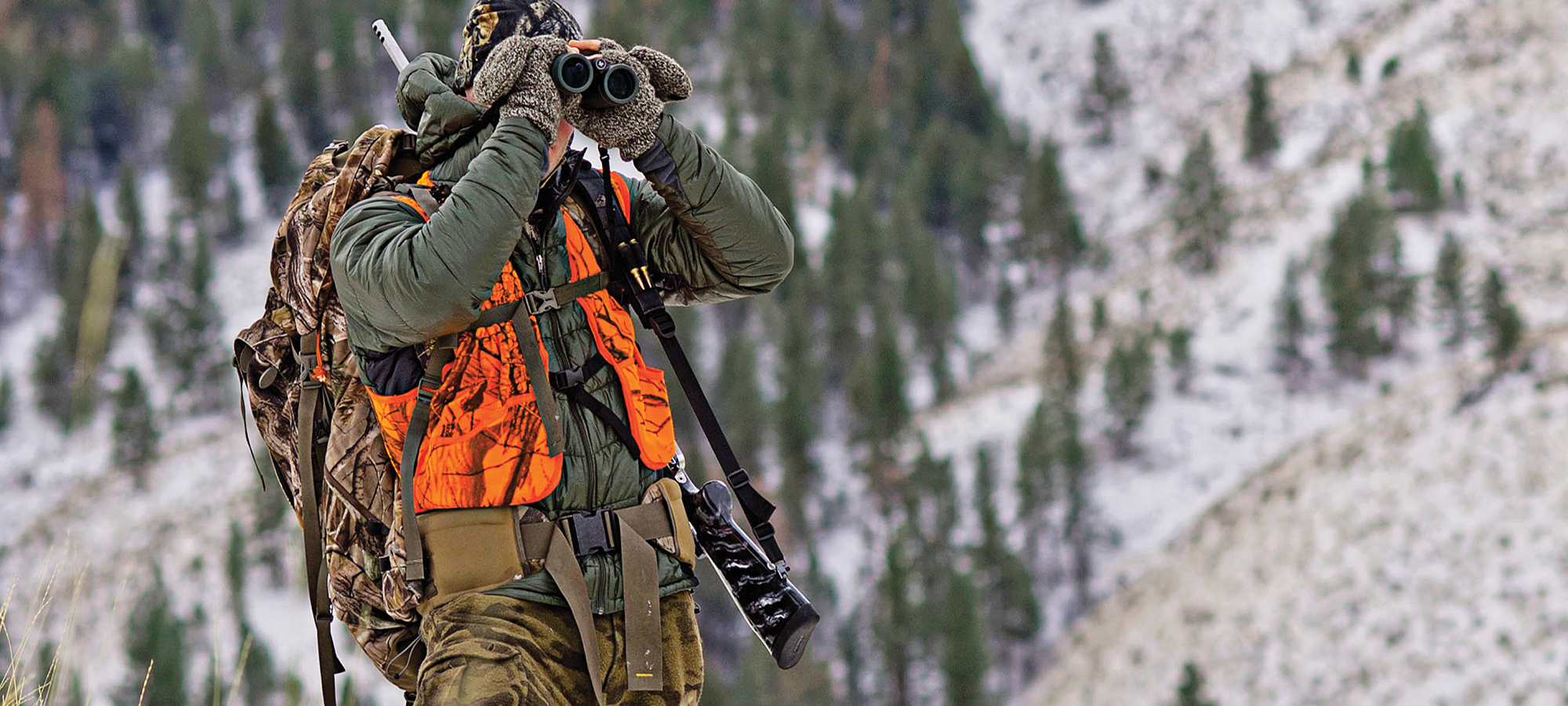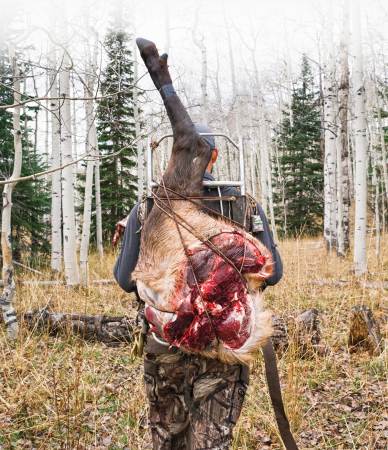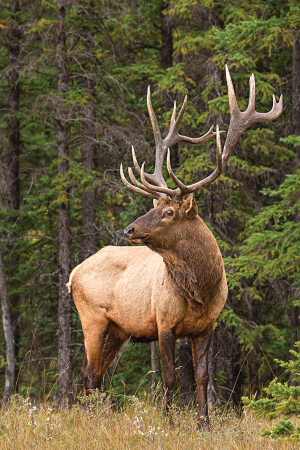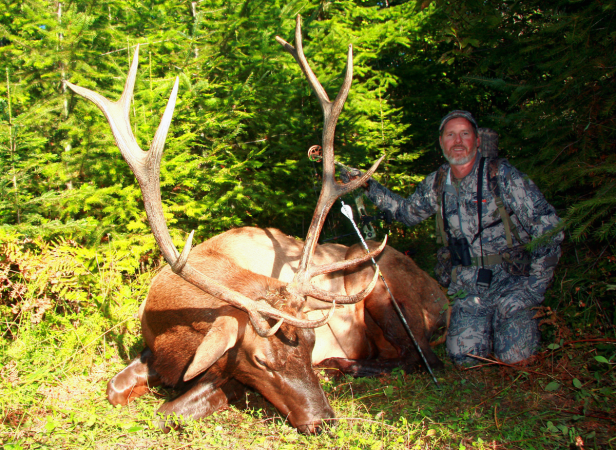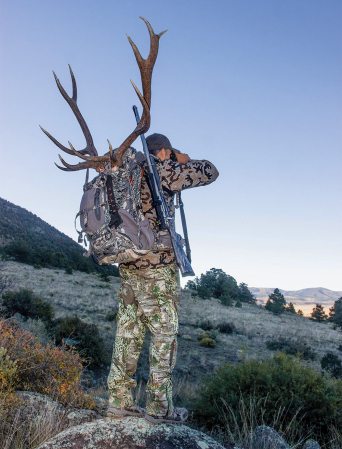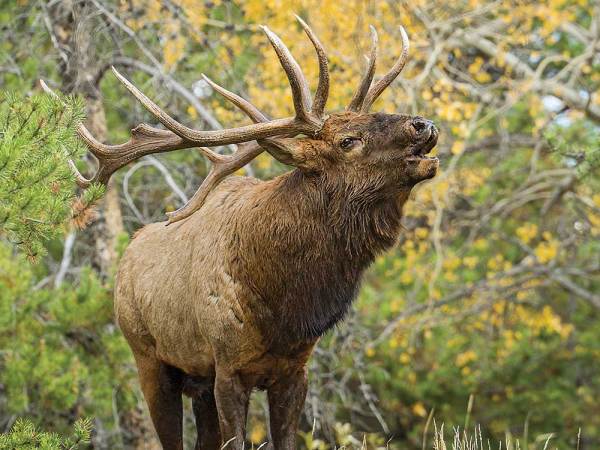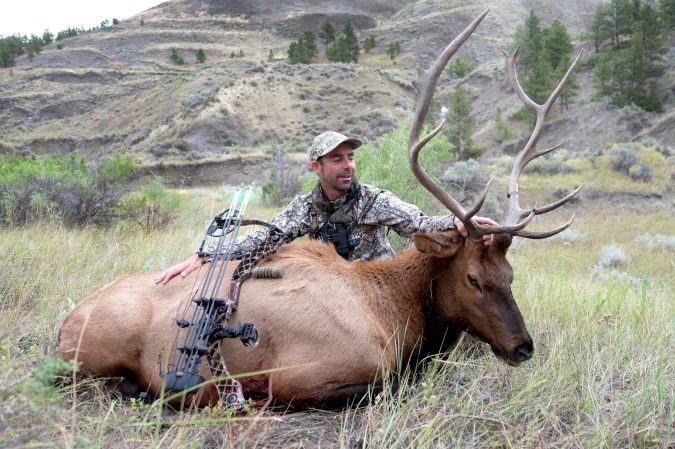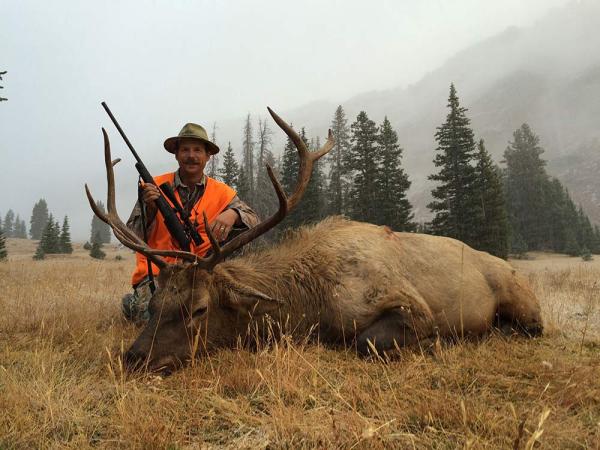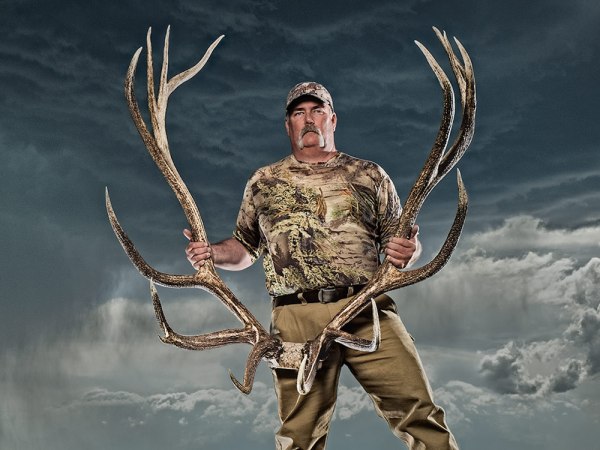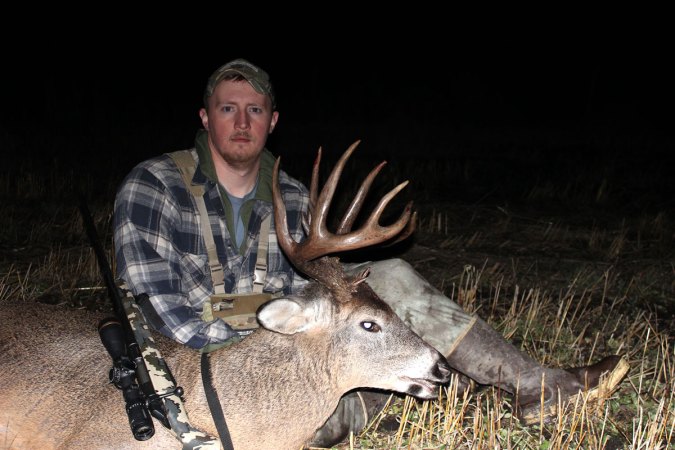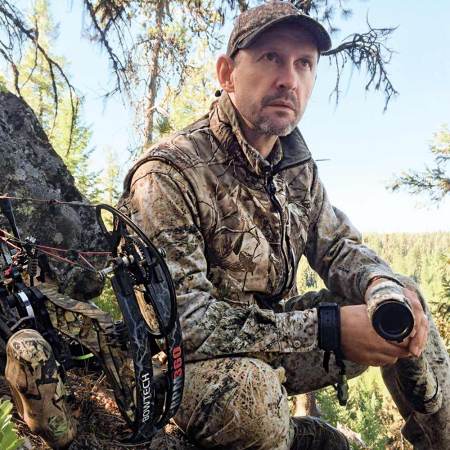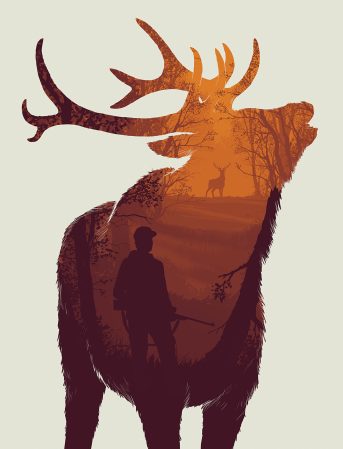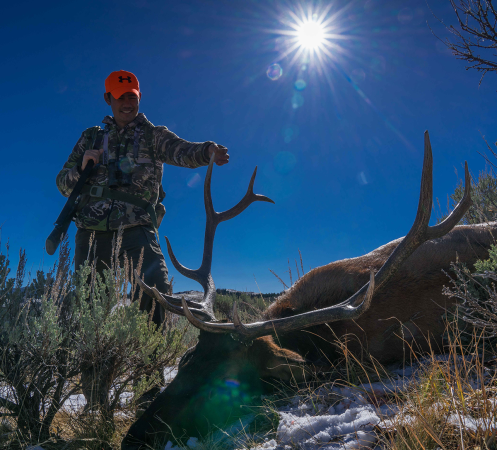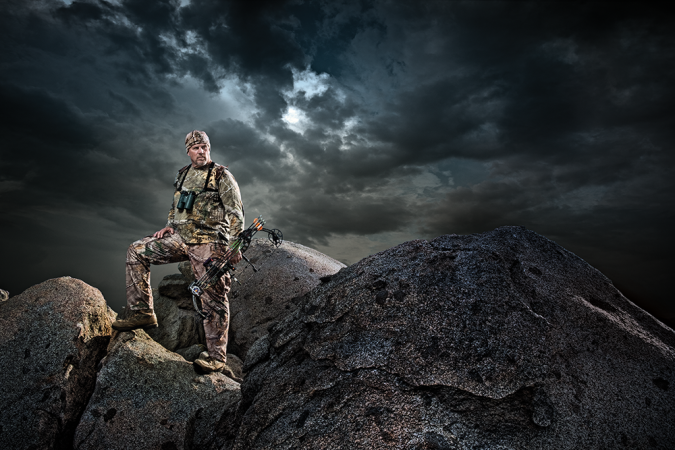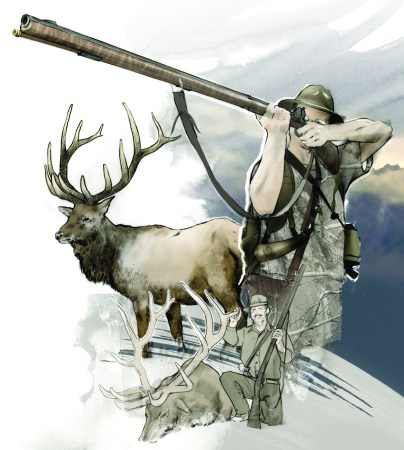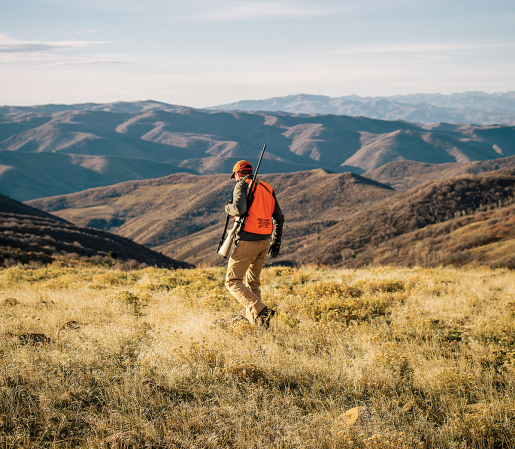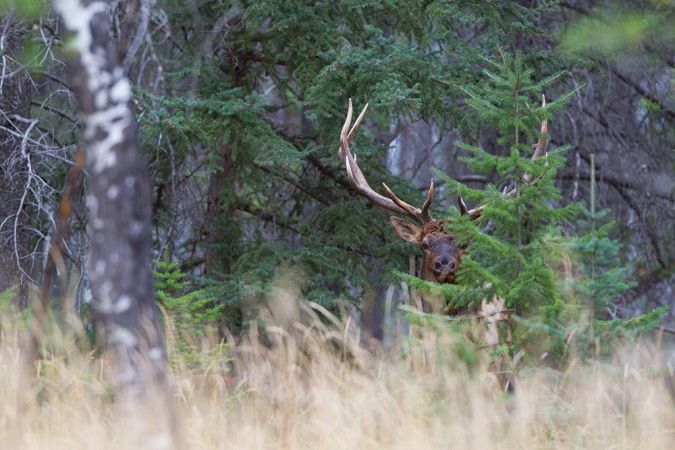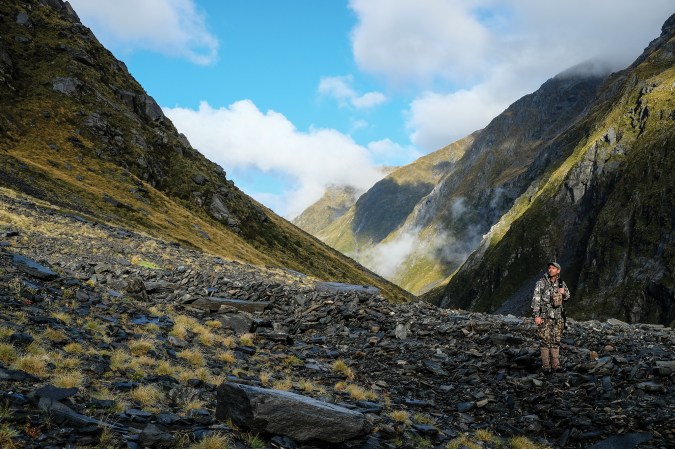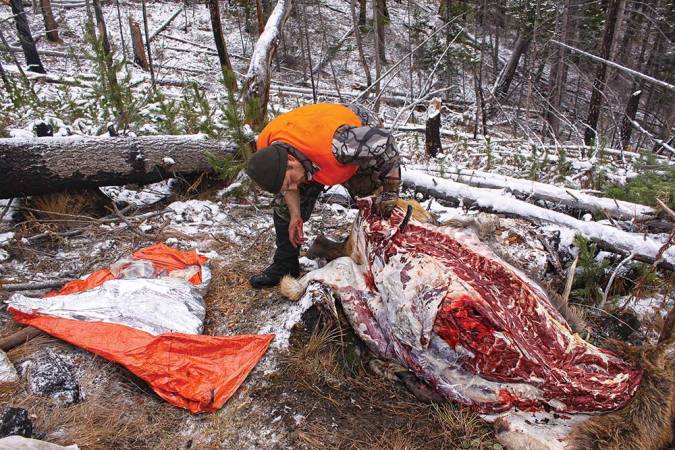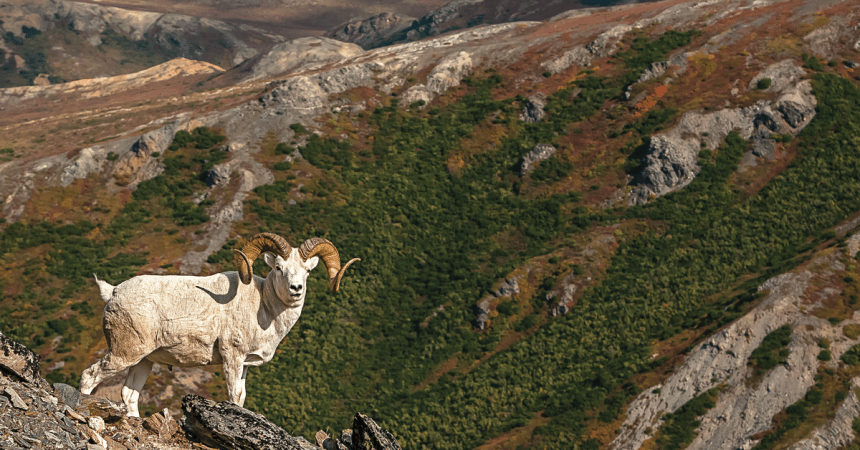There are plenty of platitudes meant to help you increase your chances of shooting an elk. Get in shape. Rise early. Avoid roads. Hike to the hinterlands. Find the black timber. Hunt hard. Don’t give up.
And following that advice alone might get you just that: no bull.
Don’t get the wrong idea. Effort matters. But so do specific strategies that take advantage of both elk and hunter behavior when the pressure is on. To put an elk on the ground (and any elk is a trophy in a general season), add these seven rifle-season hunting approaches to your plan.
1. SLEEP IN Should you compete with a fleet of pickup trucks, an armada of ATVs, and battalions of hunters afoot, all infiltrating the countryside and working to get up high before first light?
It might pay to participate in that circus on opening day, before the elk are fully educated. But after that, a better plan is to sleep in, get to a high-country meadow or clear-cut by early- to midafternoon, settle in, and wait for elk to come back out at daylight’s other cusp—when early-rise hunters have long since tuckered out and headed home or back to camp. Few hunters want to be high up a mountain at dusk, and the elk can seem to sense it.
2. SLEEP OVER If you’ve got the weather, the chops, and the gear, bivouac it and stay up on the mountain overnight. There’s a big difference between participating in the scramble and being there at absolute first shooting light as elk move up to avoid pressure.
3. FIND A BENCH Elk can go almost anywhere on any kind of slope. Sometimes they traverse places that seem more like bighorn sheep or goat country. But that’s by necessity, not choice. Given their druthers, elk prefer rolling country, and they especially like to bed on a bench or flat. Study topographic maps of your hunt area, and locate such places. Basins or bowls are prime.
4. PARK YOURSELF IN A SADDLE One of the best approaches for general-season elk is to let the elk come to you. Or rather, let other hunters push them to you. Few guys can stay put all day, but even fewer can actually sneak up on an elk; conquer the former to take advantage of the latter.
One of the best places to wait and watch for elk is a saddle between drainages. These are easy to spot on any topographic map: Look for the coming together of contour lines that bisect ridgelines, or that cut between hills (which are seen as complete-circle contours).
5. EXPLORE THE WIDE OPEN Instead of hunting the big timber, the black timber, the firs, the spruces, and the quakies, head for country with open southern and western exposures, or sage-covered foothills and benchlands. Vegetative cover may be shallow here, but seclusion is deep. That’s precisely why elk gather there under the cover of gullies, washes, dips, folds, and other terrain. Hunt below the crests of the ridges, with the wind coming crossways so you can peek over into upwind drainages as you work along. It’s more like pronghorn hunting than elk hunting.
6. BUGLE OR BARK The peak rut may be long over, but that doesn’t mean the bulls have given up on the idea of pecking order or breeding action. A bugle from you might elicit a response from an elk. You probably won’t be able to lure a bull closer, but as with a shock-gobbling turkey, you’ll know where to take the chase.
Similarly, if you have a tag good for antlerless elk, you can use cow barks and mews to soothe a herd that might be getting nervous, or to coax a cow into a lane for a shot.
7. FIND THE CALM Elk respond to a big blow by heading to the lee side of mountains, hills, and canyons. Draws, coulees, gullies, bowls, and basins attract elk that are trying to avoid a gale and put all their senses back to work. Sneak into the area and once there, set up quickly but quietly and be prepared to wait them out.
